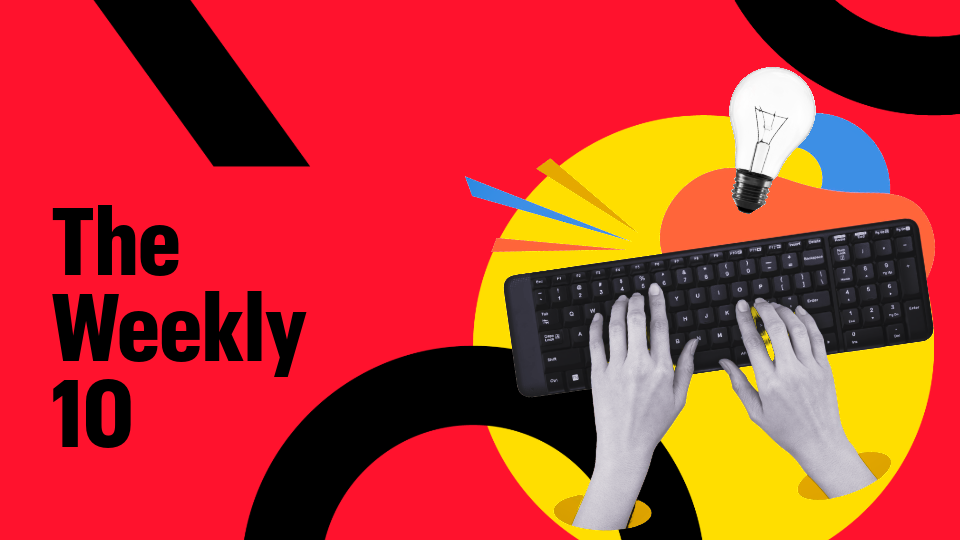From the growth in local digital advertising to streaming’s share of total TV viewing, these are the data points we’re paying attention to right now.
33%
The percentage of U.S. diners who’ve switched their loyalty when it comes to fast-casual or quick-serve restaurants (QSR) during the past year, per Tillster’s “2025 Phygital Index.” Customers cited “better food” (46%) and “better value” (40%) as the top factors for swaying their allegiance.
$100+ billion
The amount that local advertisers in the U.S. spent on digital in 2024, per Borrell Associates’ “Annual Digital Benchmark Report.” The digital category now accounts for approximately 70% of all local ad spend, according to the report, thanks to heavy investment in search, display banners and CTV/streaming.
83%
The share of U.S. consumers who read food labels before making a purchase decision, according to new research from global health and safety organization NSF. The study’s authors conclude that consumers are seeking more clarity and transparency about the ingredients, allergens and origins of these products. Notably, only 16% of the 1,000 survey respondents say they find brands’ health claims “very trustworthy.”
77.0
Overall U.S. consumer satisfaction score (on a 100-point scale) during Q1, as measured using the American Consumer Satisfaction Index (ACSI). This marks the fourth consecutive quarter in which the ACSI has remained flat or fallen; declining customer sentiment can have a negative impact on demand, leading to reduced cash flow stability.
86% and 76%
The share of U.S. Gen Z and Millennial consumers, respectively, who purchase items online for in-store or curbside pickup at least once per month, according to a GoDaddy Consumer Pulse survey data. Conversely, 51% of Gen X and Boomers never purchase items online for pickup.
3 in 5
The share of U.S. adults who’ve watched live shopping shows on an app, retailer website or social media, according to a survey conducted by Savings.com. The poll suggests TikTok is the leader in this format (29% say they’ve watched or participated in live shopping on the platform), followed by Facebook Live (19%) and Instagram Live (16%), with HSN and QVC’s apps trailing behind (14%).
55.2 billion
Total web traffic for AI chatbots between April 2024 and March 2025 — an increase of 80.9% YOY, according to data from SEO firm OneLittleWebb. Despite this surge, search engines remain the dominant tool for online discovery, beating out chatbot traffic by a ratio of 34:1.
25%
The share of buy now, pay later (BNPL) borrowers in the U.S. who’ve used those loans for groceries, according to LendingTree research conducted in April. That’s an increase of 14% YOY. (Among BNPL users, younger shoppers are the most likely to use these loans to purchase groceries, with one-third of Gen Z borrowers saying they’ve done so in the past 12 months.)
$150 million
The amount that Google is investing in Warby Parker, the direct-to-consumer eyewear brand, as part of a new partnership to develop “intelligent eyewear.” The tech giant is preparing to reenter the smartglasses market, where Meta has managed to sell 2 million units since partnering with Ray-Ban in 2023. Google announced the deal on Tuesday as part of its annual I/O conference.
44.3%
Streaming’s share of total TV viewing in April, a 15% YOY increase (+5.9 share points) and a new all-time record, according to Nielsen’s latest “The Gauge” report. During the same time span, broadcast and cable declined 7% (-1.4 points) and 16% (-4.6 points), respectively.



